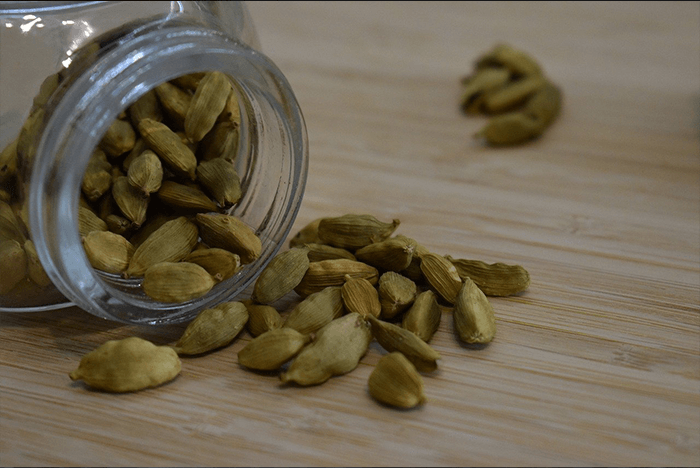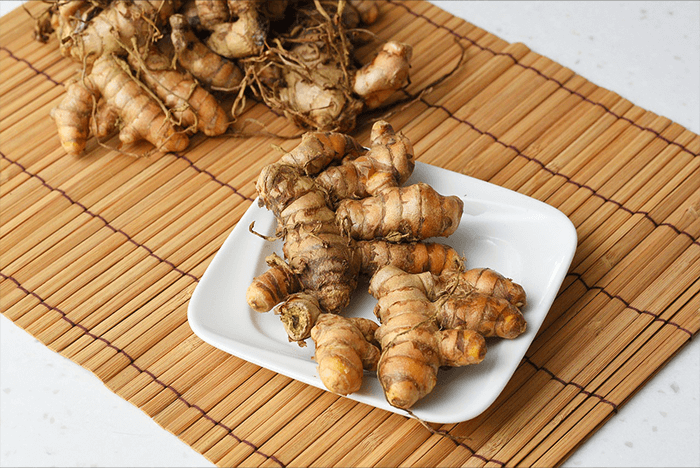Description
Cardamom, often referred to as the “Queen of Spices,” is a highly valued spice made from the seeds of several plants belonging to the family Zingiberaceae. The two main types of cardamom are green cardamom (Elettaria cardamomum), which is more common, and black cardamom (Amomum subulatum). Native to the Indian subcontinent and Indonesia, cardamom is known for its intense, aromatic flavor, which is slightly sweet and somewhat pungent.
Common Features
- Pods: The cardamom plant produces small, spindle-shaped pods that contain tiny black seeds. Green cardamom pods are pale green or yellowish, while black cardamom pods are larger and dark brown to black.
- Leaves: The leaves of the cardamom plant are long, lanceolate, and dark green, growing up to 60 cm in length. They are aromatic when crushed.
- Flowers: Cardamom plants produce small, pale green or white flowers with purple and yellow veins. The flowers are borne on long stalks that arise from the base of the plant.
- Height: Cardamom plants are tall, perennial herbs that can reach heights of 2-4 meters, depending on the species and growing conditions.
Role in the Ecosystem
Cardamom plays a vital role in its native ecosystems:
- Pollinator Support: Cardamom flowers attract a variety of pollinators, including bees, which are essential for the production of fruit (pods). This makes cardamom an important plant for maintaining pollinator populations.
- Soil Health: Cardamom cultivation helps prevent soil erosion, especially in hilly regions where it is commonly grown. The plant’s dense root system stabilizes the soil and helps retain moisture.
- Biodiversity: As a native understory plant in tropical rainforests, cardamom contributes to the biodiversity of these ecosystems. It often grows alongside other spices and medicinal plants, forming a complex, layered habitat.
Importance
Cardamom is highly regarded for its various applications:
- Culinary Uses: Cardamom is a key spice in many cuisines around the world. In India, it is used in both sweet and savory dishes, including curries, rice preparations, and desserts. It is also a crucial ingredient in masala chai and spice blends like garam masala. In the Middle East, cardamom is commonly used to flavor coffee and desserts.
- Medicinal Uses: Cardamom has been used in traditional medicine for centuries. It is believed to aid digestion, reduce nausea, and treat respiratory problems. Modern research suggests that cardamom may have antioxidant, anti-inflammatory, and antimicrobial properties.
- Economic Importance: Cardamom is one of the most expensive spices in the world, making it an important cash crop for countries like India, Guatemala, and Sri Lanka. The spice’s global demand is driven by its use in cooking, perfumery, and traditional medicine.
Interesting Facts
- Historical Trade: Cardamom has been traded for over 4,000 years. It was highly prized in ancient Egypt, where it was used in perfumes, medicines, and even embalming.
- Global Spice: While native to India, cardamom is now widely cultivated in tropical regions around the world, including Guatemala, which is currently the largest producer of cardamom.
- Cultural Significance: In many cultures, cardamom is associated with hospitality. In the Middle East, adding cardamom to coffee is a sign of respect and generosity toward guests.
Sources:
The information provided was gathered from various reputable sources, including:
- National Center for Biotechnology Information (NCBI)
- United States Department of Agriculture (USDA)
- Food and Agriculture Organization (FAO)
- Research articles from the Journal of Ethnopharmacology



